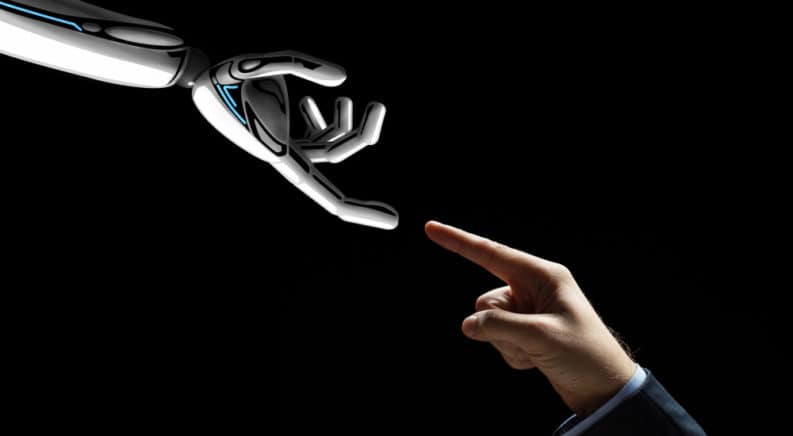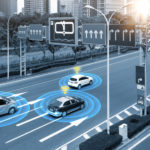A co-worker of mine often references a phenomenon known as the ‘uncanny valley’. This theory speaks to humanity’s comfort level (or lack thereof) with anything that assumes human form or function. It states that humanoid objects which appear almost, but not exactly, like real human beings elicit feelings of eeriness and/or revulsion. Basically, as individuals, we are inclined to reject anything that doesn’t fit our own definition of what humanity is.
Most often this phenomenon is cited when we look at artificial intelligence and/or robotics. Summoning countless fears and insecurities about artificial life growing powerful and revolting against its human creators, our insecurity is most likely the result of being force-fed science fiction parable since the late 19th century. That said, there’s something very real, and very primal about the uncanny valley.
Case in point, meet Atlas:
Now imagine thousands of them, waging war against mankind. Still not afraid? Meet Handle:
Okay, maybe these are extreme examples, but current auto news lends us a slightly different perspective that hits a little bit closer to home. It comes in the form of ever-advancing technologies in autonomous driving.
While self-driving robocars may not take the form or natural function of a human, it is designed to assume one of many mundane tasks that make up our day. In addition, that task is one which poses some of the greatest risk to our personal safety. It may not register to us when we climb into an automobile, but the probability of a fatal car accident is shocking at 1 in 645. While engineers and programmers take a cautious yet optimistic position, stating that they can remove human error and improve safety, one can’t help but feel trepidation.
Adding fuel to the fire are reports from the Los Angeles Times citing half-dozen examples of crashes involving autonomous vehicles being tested on California roads this year. With that in mind, it’s hard not to be surprised that two of those crashes have resulted in the at-fault vehicle being physically attacked by pedestrians.
Granted, each of these test vehicles had a ‘hands-off’ human driver behind the wheel, to intervene in the event of an emergency. That said, autonomous vehicles are easily discernible by their overall design, specifically their roof-mounted sensor equipment. In a world where road rage exists in driver, passengers and pedestrians alike, it’s easy to see how an autonomous vehicle might prove an easy target, regardless of its level of fault.
Technology is one of many areas where humanity exists in a state of constant contradiction. Even when we set aside political and religious bias, we dream of technological advancement but feel justified in expecting it to conform to our individual values. Someone might love the idea of being chauffeured around but would never trust their safety (and that of their loved ones) to artificial intelligence. Such a position might inform that individual’s decision not to buy or utilize an autonomous vehicle within their lifetime, but it doesn’t change that fact that others will choose differently. This means that, within our lifetime, we will share the roads with self-driving vehicles at both high speeds and low. They will deliver our packages and our pizzas. We will have to trust that they stop for pedestrian crossing, and we will have to take greater ownership over our personal safety. In the simplest possible terms, the robots are coming; and they are taking over our roads.
This automotive ‘uncanny valley’ will inevitably result in shows of aggression, and new forms of road rage. Humanity has shown a great propensity for fearing change and considering that we can’t seem to share the road with one another, it seems fair to say that we’ll prove equally resistant to sharing it with robocars.




